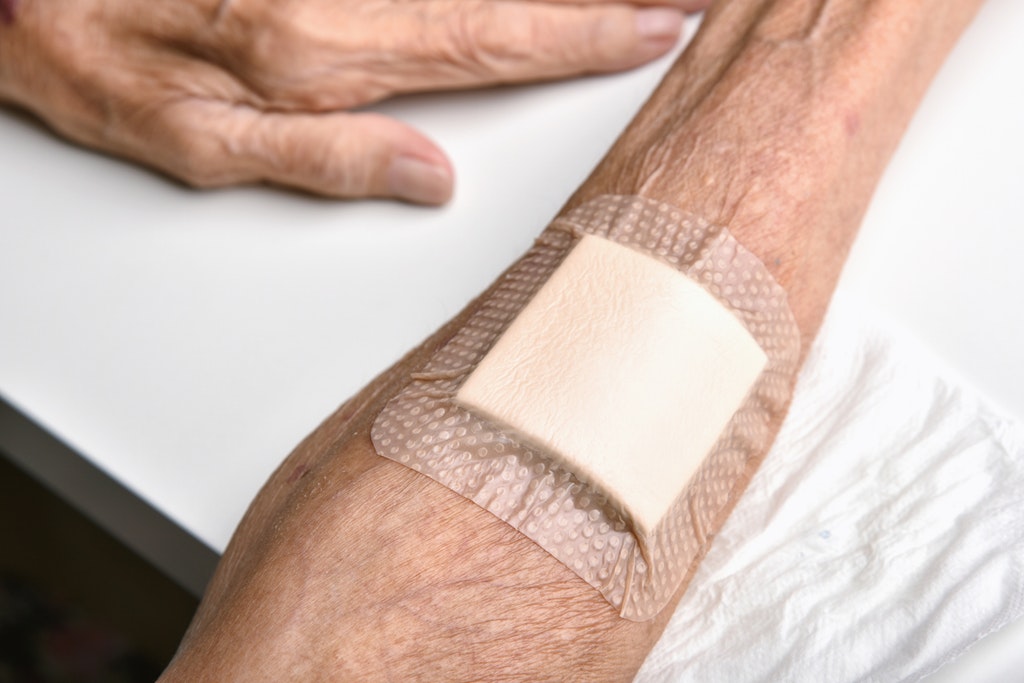Innovation in wound care: Halving costs and elevating outcomes
Last updated on 3 August 2025

Wound care is undergoing a quiet revolution in Australian aged care. Once one of the most resource-intensive and costly areas of clinical care, pressure injuries are now being tackled through proactive strategies, nurse-led innovation, and the integration of advanced technology. The results are compelling: lower treatment costs, improved quality of life, and more sustainable workforce outcomes.
For older Australians — particularly those living in residential aged care or receiving high levels of home care — pressure injuries remain a serious risk. Up to 450,000 Australians are affected by chronic wounds each year, costing the health system more than $6.6 billion annually, according to the Australian College of Nursing (ACN).
But across aged care and health services, new care models are showing that smarter, earlier interventions can prevent escalation, avoid hospitalisation, and promote healing.
National recognition for nurse-led innovation
This year, the 2025 Health Minister’s Award for Nursing Trailblazers recognised Professor Michelle Barakat-Johnson for her creation of Australia’s first Virtual Wound Care Command Centre, launched through the Royal Prince Alfred Virtual Hospital. The hybrid model combines AI-powered wound imaging, remote nurse consultations, and real-time collaboration between patients, GPs, carers, and specialists.
ACN CEO Adjunct Professor Kathryn Zeitz praised the model as “an outstanding example of how nursing innovation can address the most pressing healthcare challenges — to benefit patients directly, and with the broader health system benefitting.”
This recognition reflects a broader shift: wound care is no longer a niche speciality but a system-wide opportunity to improve care, reduce avoidable harm, and support ageing in place.
Relevance in aged care
In residential and home aged care, wound care has too often been reactive—triggered by deterioration rather than guided by prevention. However, nurse-led models across Australia are now demonstrating that earlier intervention, combined with education and skill-sharing, can drastically reduce the incidence and severity of wounds.
Amy Darvall, Clinical Nurse Consultant and Founding Director of Holistic Nursing Solutions, says she has seen the benefit of prevention firsthand in rural and regional settings.
“By educating staff, carers and participants on early signs of skin breakdown, we’re receiving referrals earlier and reducing the need for hospitalisation. It’s not just about clinical outcomes — it’s about confidence, dignity and keeping people where they want to be: at home,” Darvall says.
Her team has implemented community-based wound care programs that have halved treatment costs and reduced nursing visits by up to 60%, particularly in cases involving pressure injuries related to spinal cord injury and frailty.
“We’ve seen participants who were facing surgery regain independence through simple, evidence-based care,” she adds. “It proves that with the right knowledge and systems, aged care services can deliver extraordinary outcomes.”
Embedding prevention as core business
While technology and virtual models are expanding access to specialist wound care, the most significant opportunity in aged care lies in workforce development. Nurses, personal care workers and even informal carers all have a role to play in preventing wounds through risk screening, early escalation, and consistent monitoring.
Embedding wound care into routine clinical governance is not only a compliance issue under the Aged Care Quality Standards, but also a practical way to avoid avoidable harm. Aged care providers investing in structured pathways, training, and multidisciplinary partnerships are already seeing dividends in both cost and care quality.
As Amy Darvall notes:
“Wound care shouldn’t be siloed or reactive—it should be everyone’s business. When teams work together and understand the ‘why’ behind prevention, we change lives and ease the system burden.”
Looking ahead
Wound care innovation — whether through AI tools, virtual command centres, or nurse-led community programs — is showing what’s possible when the sector embraces prevention, partnerships, and person-centred practice.
The evidence is clear: when wounds are prevented, healed early, and managed well, older people stay healthier, services become more efficient, and the workforce is empowered to deliver better care.